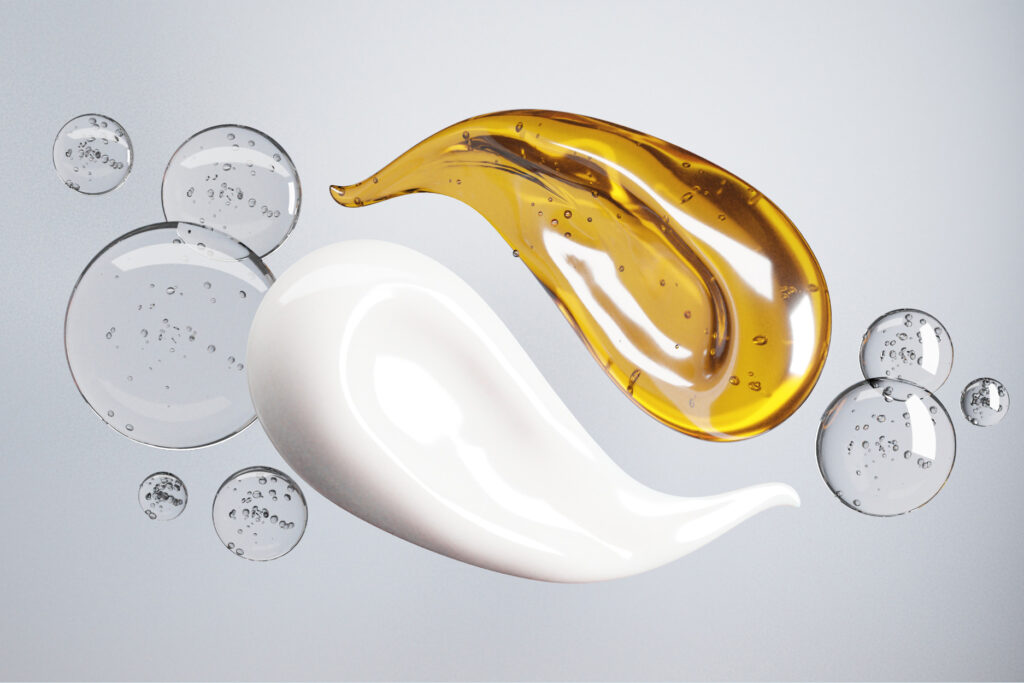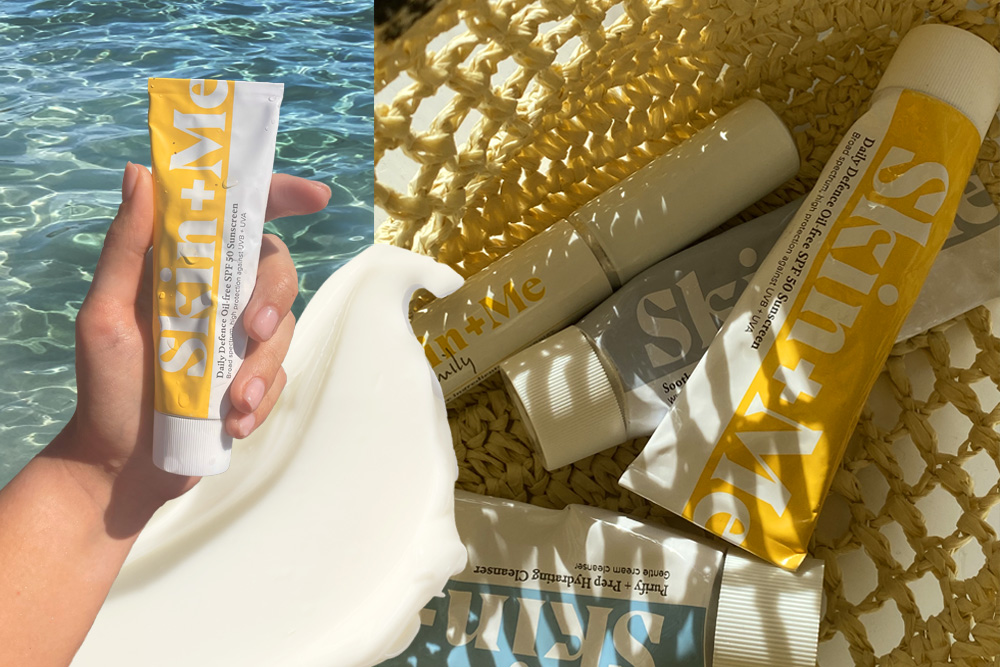Ask A Dermatologist: Why Are Sunscreen Filters So Important?

Link to share article here:
Ask A Dermatologist: Mixing Active Ingredients with Tretinoin
Understanding which ingredients complement each other for best results (and minimal reaction) is an invaluable learning when it comes to making informed decisions about the products you use. This is especially true when it comes to popular active ingredients such as retinoids – specifically tretinoin – in skincare.
Skin + Me’s Daily Doser takes the guesswork out of combination skincare by delivering prescription-strength ingredients blended by experts. But a little bit of skincare savvy when it comes to why and how they do this, goes a long way.
We asked Consultant Dermatologist, Dr Malvina Cunningham for more about the retinoid, tretinoin, and how best to mix tretinoin with other active ingredients such as azelaic acid, niacinamide and vitamin C. Skincare knowledge is skincare power, after all.
Tretinoin and Combination Skincare
Skin + Me: We know tretinoin is a retinoid. Why would you use tretinoin and what does it treat?
Dr Malvina Cunningham: Retinoids are by far the most effective ingredient when it comes to treating skin ageing by targeting fine lines and wrinkles, pigmentation and skin texture. Retinoids are a large family of vitamin A-derived compounds with weaker versions available over the counter and stronger versions available on prescription such as tretinoin.
Tretinoin works directly on the retinoic acid receptors found on your skin cells. It’s the most powerful retinol available. Tretinoin can cause irritation when used initially so it is best to start low and slowly (known as microdosing) but the effects on the skin are worth it.
Skin + Me: What ingredients work best mixed with retinoids like tretinoin?
Dr Malvina Cunningham: Retinoids like tretinoin and vitamin C work well together as they both promote collagen production and enhance each other’s effect. Vitamin C is generally less of an irritant so these can often be applied in combination.
Retinoids like tretinoin and niacinamide work well too. Niacinamide is a B vitamin that helps repair DNA and controls inflammation, nurtures the skin barrier and increases college production. This counteracts some of the irritant effects of retinoids on the skin – the two are perfect partners when it comes to tackling acne or signs of ageing.
Niacinamide also works as an antioxidant and helps to fight harmful compounds caused by sun damage. It also increases the production of ceramides, which moisturise the skin. This is especially useful in minimising some of the possible side effects of other active ingredients.
Remember that no active ingredient should be used without incorporating sunscreen into your skincare routine. Sunscreen is an absolute must for anyone concerned and addressing skin ageing and should be worn all year round. Ensure you use a broad-spectrum SPF with a filter of at least 30.
“Remember that no active ingredient should be used without incorporating sunscreen into your skincare routine.”
Tretinoin and Azelaic Acid
A combination of tretinoin and azelaic acid is often used to treat skin concerns including acne and hyperpigmentation, improving texture and brightening skin in general.
Both have anti-inflammatory, antibacterial and antioxidant properties.
Azelaic acid acts as a chemical exfoliator unblocking pores, facilitating cellular turnover and targeting and eliminating acne-causing bacteria. While they have some similar properties, tretinoin is a more important ingredient for increasing cell renewal and repair.
Tretinoin and azelaic acid make a great combination, because azelaic acid can enhance the effects of tretinoin when used to treat acne, pigmentation and brighten skin in general.
The effects of tretinoin can be drying until your skin builds tolerance. Azelaic acid is generally better tolerated but everyone’s skin is different.
Other ingredients that combine with Tretinoin
Tretinoin and Hydroquinone
Combining hydroquinone with a retinoid like tretinoin protects it from oxidation which keeps it effective. Hydroquinone is commonly used as a primary ingredient for inhibiting melanin production. In reducing the skin’s production of melanin, it can reduce hyperpigmentation. Tretinoin facilitates cell turnover and helps hydroquinone penetrate deeper into the skin to work more effectively.
Tretinoin and Clindamycin
Clindamycin is a topical antibiotic that’s useful for the treatment of acne and inflammation in the skin. Clindamycin shouldn’t be used alone without a combination of ingredients to help with antibiotic resistance – tretinoin makes a good partner here. The combination works by killing the bacteria that cause acne and by keeping the skin pores clear.
Tretinoin and Salicylic Acid
Tretinoin reduces visible skin ageing and salicylic acid is a BHA that exfoliates the skin, clears pores and fights breakouts. They work well in combination to treat acne-prone skin. Although many dermatologists recommend that you use your retinoid at night and your BHA for the daytime to protect your skin barrier. Separating usage reduces skin becoming too dry and irritated.
Ingredient combinations to avoid
Everyone’s level of tolerance to active ingredients is different but more sensitive skin types should be mindful when it comes to combining tretinoin with AHAs and BHAs. As a general rule, exfoliating acids can trigger extreme dryness when combined with tretinoin.
If you want to use them together try alternating ingredients day and night (tretinoin as part of your evening routine). Remember to layer up with rich moisturisers containing barrier protecting ingredients like glycerin and ceramides.
New to Skin + Me? Get your first month of personalised skincare for £4.99 with promo code DOSE – complete our quick consultation here.
Looking for a routine refresh? Add the Dream Routine to your Skin + Me subscription.
In need of a restock? Head to The Skincare Shop for one-off purchases of your Routine Essentials.



